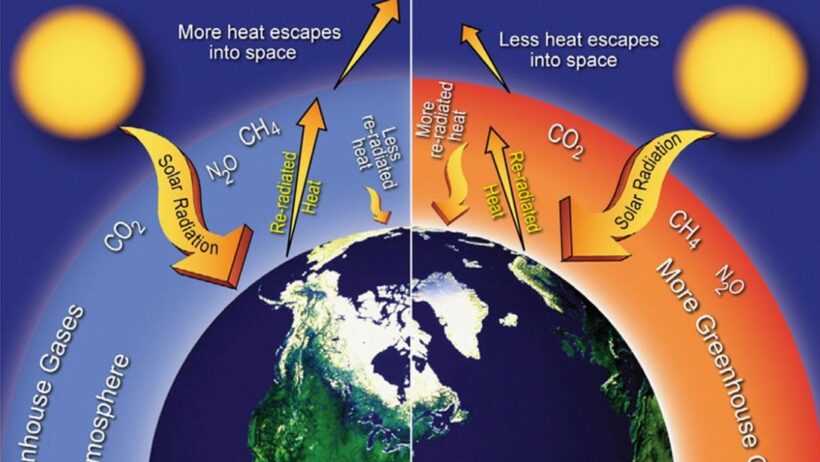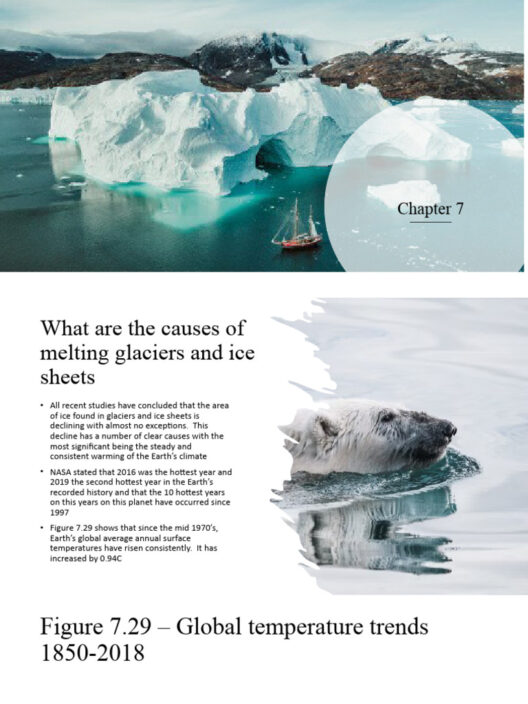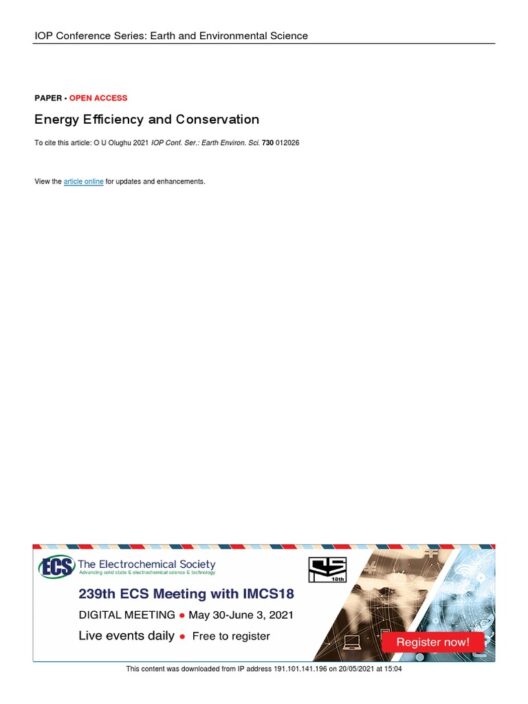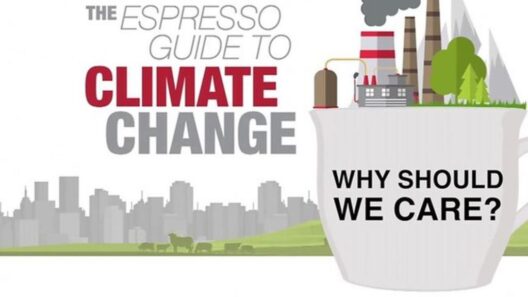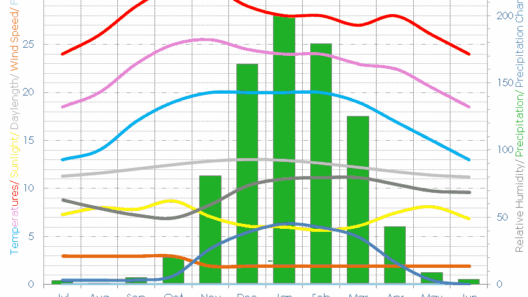The question of whether humans are the primary drivers of climate change has engendered considerable debate among scientists, policymakers, and the public alike. However, the preponderance of evidence amassed over the past several decades unequivocally supports the assertion that human activities are not merely contributors to climate change; they are its dominant cause. From the burning of fossil fuels to deforestation, the anthropogenic impacts on the Earth’s climate system are manifesting in profound and often detrimental ways.
First and foremost, fossil fuel combustion stands as the linchpin in the narrative of human-induced climate change. The transportation, electricity generation, and industrial sectors rely heavily on carbon-rich fossil fuels such as coal, oil, and natural gas. The byproducts of these processes—primarily carbon dioxide (CO2) and methane (CH4)—are potent greenhouse gases that significantly elevate the concentration of heat-trapping gases in the atmosphere. Indeed, since the Industrial Revolution, atmospheric CO2 levels have surged from approximately 280 parts per million (ppm) to over 400 ppm today, correlating closely with increased global temperatures.
Moreover, scientific studies corroborate the causal relationship between increased greenhouse gas emissions and escalating global temperatures. The Intergovernmental Panel on Climate Change (IPCC) has published comprehensive assessments that delineate the links between human activity and climate change. Their reports underscore the overwhelming consensus among climate scientists: approximately 97% agree that human influence is the dominant cause of the warming observed since the mid-20th century. This degree of consensus is not easily reached in scientific discourse, making it a formidable indicator of the validity of these findings.
Deforestation further exacerbates human-caused climate change. Forests serve as crucial carbon sinks, absorbing CO2 from the atmosphere and mitigating the greenhouse effect. However, unsustainable logging practices, land conversion for agriculture, and urban development have led to unprecedented rates of deforestation worldwide. The loss of these vital ecosystems not only releases stored carbon back into the atmosphere but also diminishes the Earth’s capacity to sequester remaining emissions. The situation is particularly dire in tropical regions, where biodiversity is rich, yet the rate of forest loss is astoundingly high.
Additionally, industrial agriculture has introduced another layer of complexity to the climate change narrative. The agricultural sector contributes to climate change through the release of nitrous oxide (N2O), another potent greenhouse gas, primarily from fertilized soils. Furthermore, livestock production is responsible for significant methane emissions from enteric fermentation and manure management. To put it into perspective, livestock farming alone accounts for approximately 14.5% of all human-caused greenhouse gas emissions. Such statistics compel us to reconsider our dietary choices and their implications for the environment.
Moreover, the climate change phenomena are not merely theoretical; they manifest in alarming, observable changes in our environment. The increasing frequency and intensity of extreme weather events, such as hurricanes, droughts, heatwaves, and floods, provide tangible evidence of an unstable climate system. These events lead to devastating economic impacts, disrupt ecosystems, and pose risks to public health. The correlation between heightened levels of greenhouse gases and the worsening severity of these events underscores an undeniable reality: the climate crisis is deepening as a direct result of human actions.
A related phenomenon is ocean acidification—a direct consequence of increased CO2 levels. As oceans absorb excess atmospheric carbon, chemical reactions lead to the formation of carbonic acid, resulting in a decrease in pH levels. This process poses existential threats to marine ecosystems, particularly organisms that rely on calcium carbonate for their shells and skeletons, such as corals and shellfish. Consequently, the implications for global fisheries and food security are dire, as marine biodiversity suffers under ever-increasing acidification and warming waters.
Public awareness and activism surrounding climate change are paramount in galvanizing action at local and global levels. Demonstrations, educational campaigns, and community projects have emerged as powerful tools in the pursuit of sustainability. When citizens demand accountability from their leaders and pressure industries to adopt sustainable practices, they amplify the call for meaningful policy change. The consequences of climate change transcend national borders; thus, global cooperation is essential in combating what is arguably the most profound challenge of our time.
Nevertheless, vestiges of skepticism persist in various sectors. Misinformation, often disseminated by those with vested interests in fossil fuel industries, clouds public understanding and impedes progress. The story is not merely one of scientific evidence but also of emotional and moral imperatives. It is essential to convey the urgency of the situation, fostering a sense of responsibility among individuals, corporations, and governments alike to act decisively.
In conclusion, the evidence is irrefutable: human activities are the principal cause of climate change. The intricate web of fossil fuel reliance, deforestation, and industrial agriculture, combined with the observable consequences of climate events, delineates a chilling picture of a planet in peril. The window of opportunity to mitigate the worst effects of climate change is rapidly closing, demanding immediate and concerted action from all sectors of society. It is not merely a question of scientific consensus but rather an ethical obligation to protect the planet for current and future generations.

